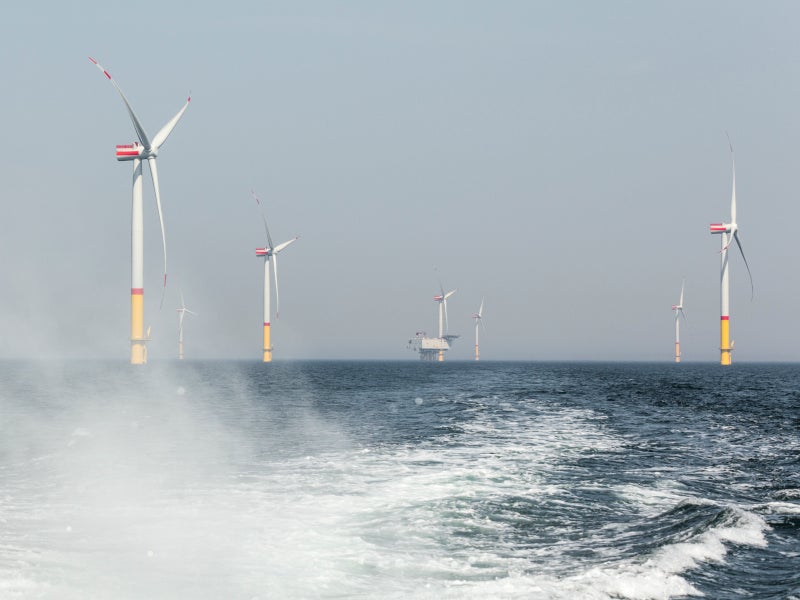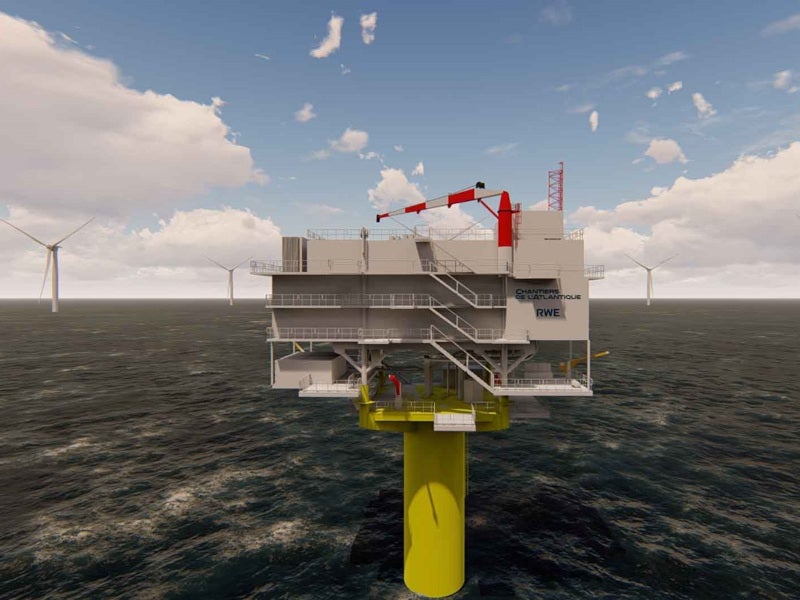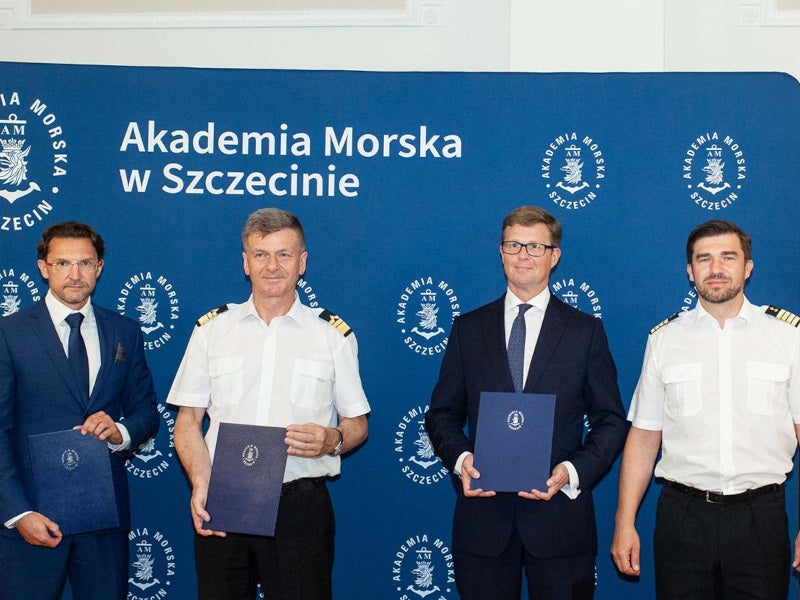The F.E.W. Baltic II offshore wind farm is being developed in the Polish Baltic Sea by RWE Renewables, a subsidiary of Germany-based energy utility company RWE.
The project was originally developed by Baltic Trade & Invest (BTI), which was acquired by RWE Renewables in 2018. It is part of RWE’s progressive expansion of its renewables portfolio in Poland.
The Polish Energy Regulatory Office awarded a Contract for Difference (CfD) for the project in April 2021. This is subject to final approval by the European Commission, which is expected in 2022.
The environmental permit for the project was granted in December 2021. Construction is anticipated to start in 2024, subject to the final investment decision. Commissioning is expected in 2026.
The wind farm will supply green electricity to 350,000 households in Poland.
Location
The wind project will cover an area of 41km² at a water depth ranging between 30m and 50m. It will be located 55km from the shore in the Polish waters of the Baltic Sea.
F.E.W Baltic II offshore wind farm details
The wind farm will feature 25 Siemens SG 14-236 DD wind turbine generators installed on monopile foundations.
It will include an offshore substation that will collect and transmit the power produced by the wind turbines through a high-voltage submarine array and export cables. The substation will also be used to remotely control and operate the wind farm. It is anticipated to be installed in 2025.
A service station for the operation and maintenance of the wind farm will be developed at the Port of Ustka. The preliminary plot lease agreement for using the Port of Ustka for the operation and maintenance of the project for 25 years was signed in 2021. The service station is anticipated to be completed by 2025.
Site investigations, as well as geophysical and geotechnical surveys, have been completed. Soil investigations and development of the first concept designs will be undertaken in 2023 to obtain the project’s building permit.
Turbine details
The SG 14-236 DD wind turbines will each be able to generate 14MW of electricity. They will have a rotor diameter of 236m, swept area of 43,500m² (468,230ft²) and blade length of 115m.
The turbines are integrated with IntegralBlade® technology, which enables them to generate 30% more annual energy compared to the SG 11.0-200 DD turbine.
Grid connection
The power generated by the wind farm will be transported from the offshore substation to the landing point and onshore substation at Ustka, where it will then be transferred to a grid connection point at Słupsk.
The substation will include 220kV and 400kV instrument transformers, surge protectors and technical protection systems.
The grid connection agreement for the project was signed in December 2020.
Contractors involved
UL Solutions was selected to certify the design fundamentals of the project in August 2022. It will provide certification in consultation with the Polish Register of Shipping.
Siemens Gamesa Renewable Energy, a subsidiary of Siemens Energy, was chosen as the preferred supplier of 25 SG 14-236 DD wind turbines for the project in June 2022. The contract also includes a service agreement.
Siemens Gamesa was advised by Polish law firm DZP, Domański Zakrzewski Palinka, for the terms and conditions of equipment supply for the project.
Atlantique Offshore Energy, the marine energy division of shipbuilding company Chantiers de l’Atlantique, was selected to provide design, construction and installation services for the project’s offshore electrical substation in February 2022.
A consortium of GE Power, an energy company and subsidiary of General Electric, and PILE Elbud, a design and construction services provider for power lines and substations based in Poland, was appointed as the general contractor for the onshore transformer station.
LOTOS Petrobaltic, a Grupa Lotos company engaged in the exploration and production of oil as well as the provision of marine site survey services, was engaged to conduct the drilling operations for geotechnical surveys at the project site in 2020.
The environmental impact assessment (EIA) for the project was conducted jointly by the University of Gdansk, the Naval Academy, the Polish Geological Institute and the Institute of Oceanology of the Polish Academy of Sciences. Research services for the EIA were provided by 3Bird, an ornithological and chiropterological research service provider, and Tringa.






